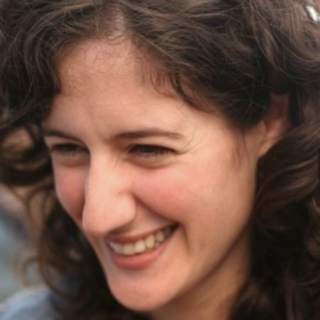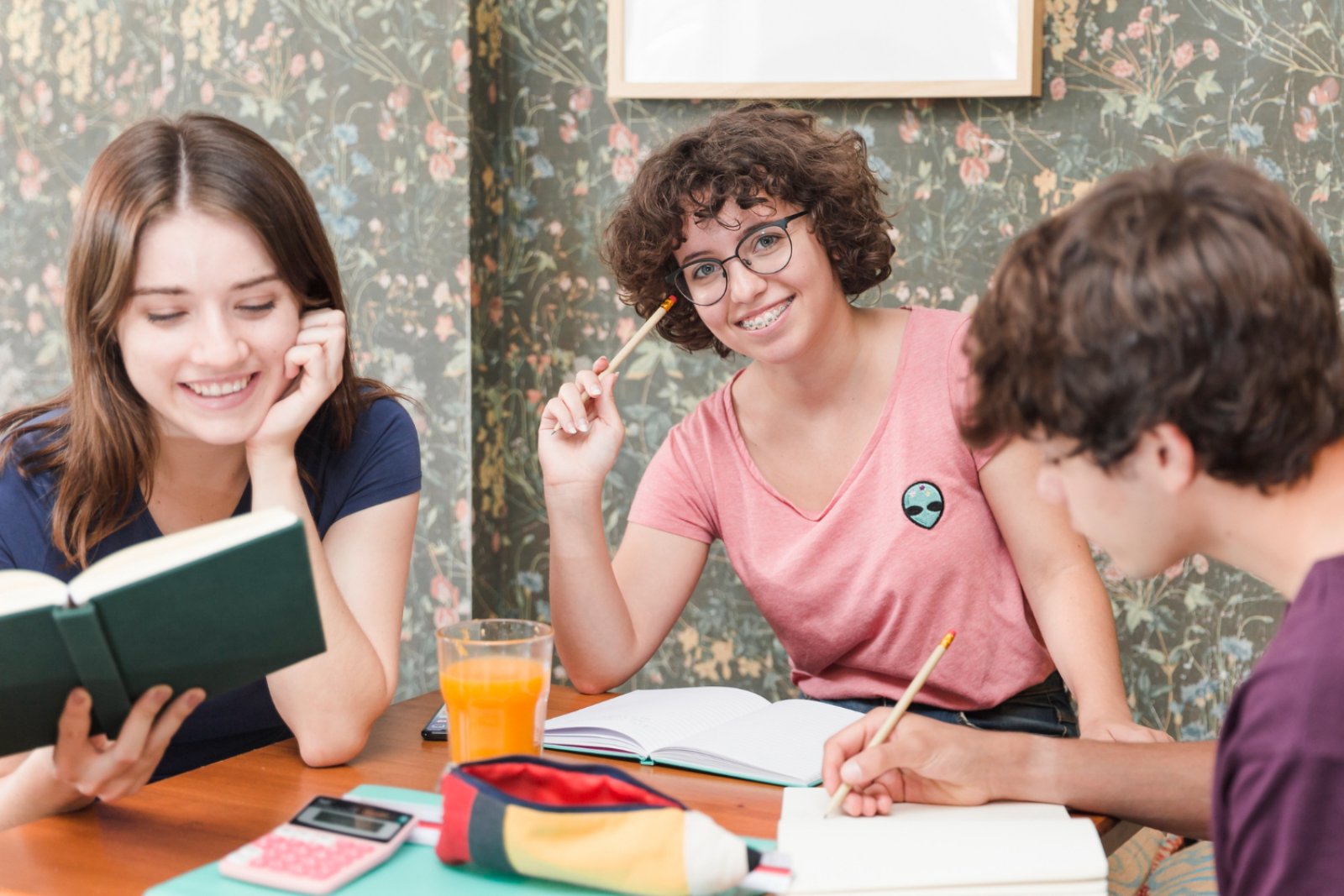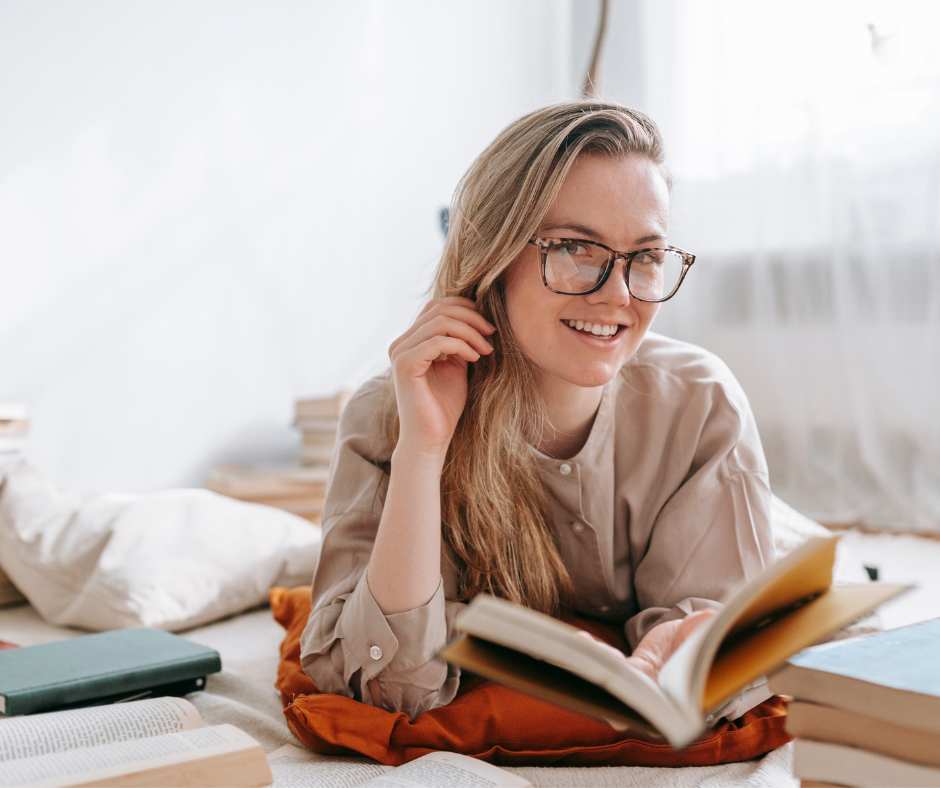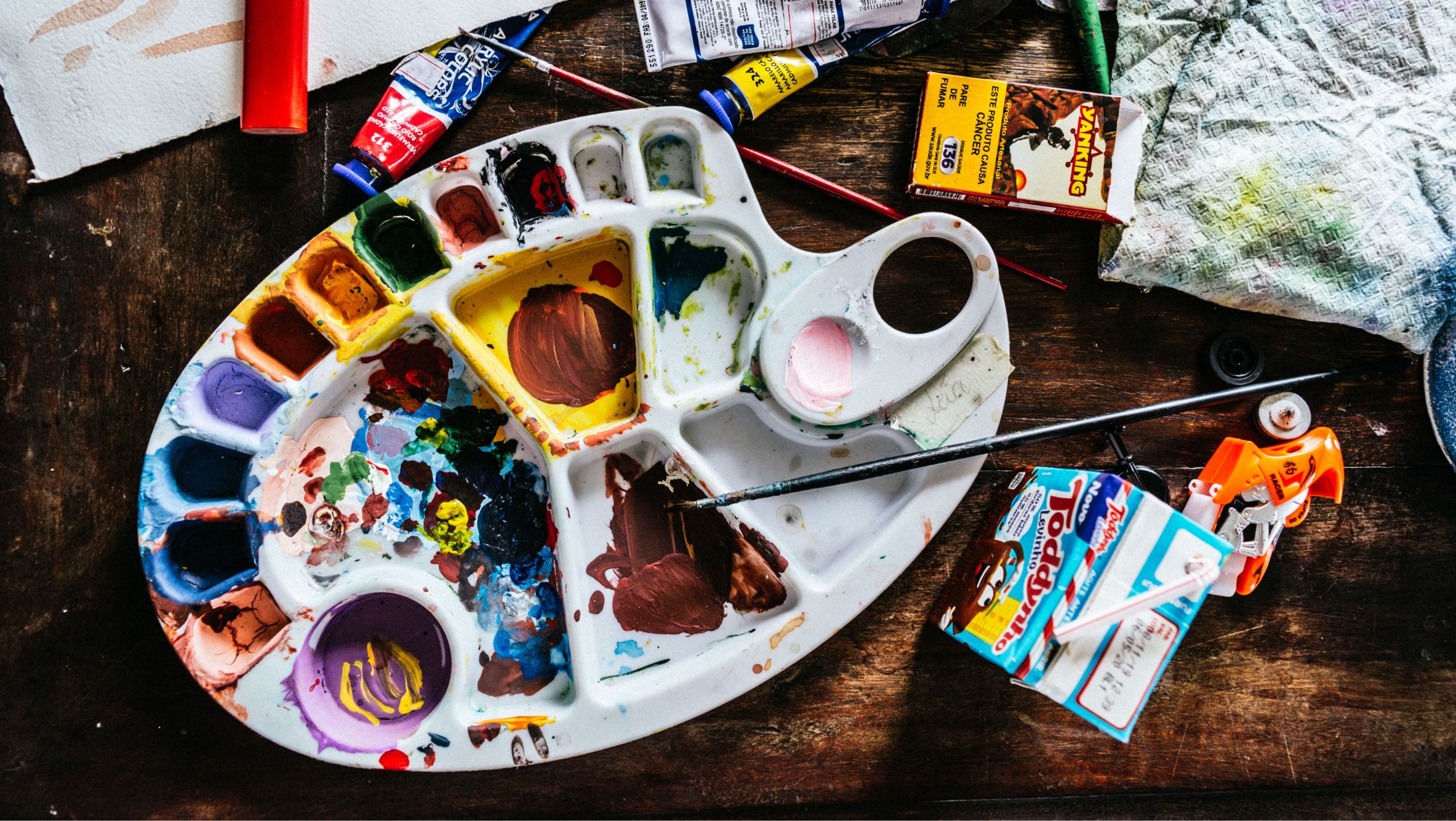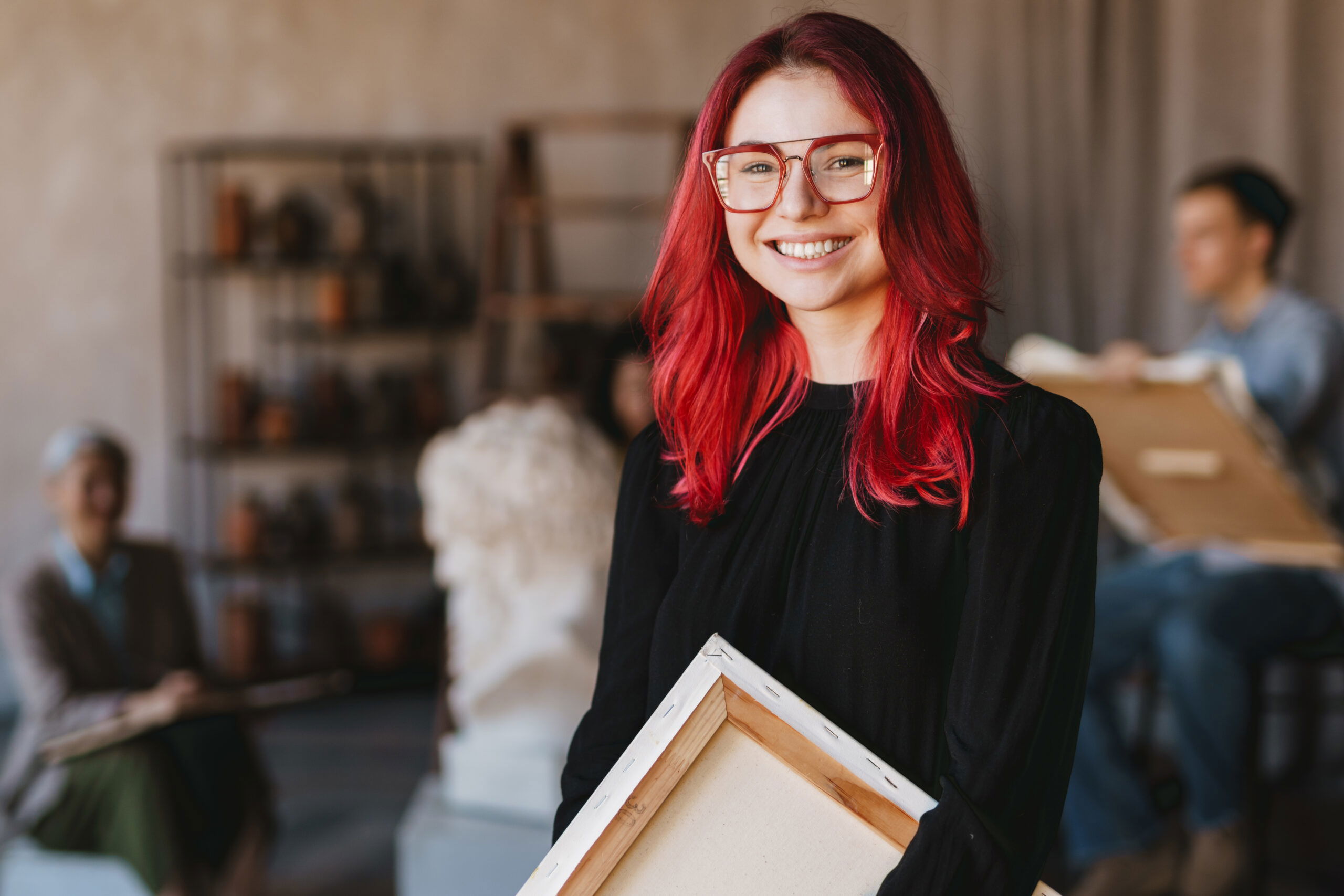IB Visual Arts: How To Get A 7

Thinking of aiming high in Visual Arts IB? This complete guide breaks down the current assessment structure, expert tips, and changes to the syllabus for 2027. Whether you’re working on your Process Portfolio, Comparative Study, or preparing your Exhibition, here’s what you need to know to reach the top band.
Need help with IB Visual Arts?
Introduction
If you’re wondering how to get a 7 in IB Visual Arts, this article is your detailed, step-by-step guide. It combines practical advice with an overview of the current assessment criteria and some major changes on the horizon.
This guide is based on the current IB Visual Arts syllabus, valid for final assessments in 2026. Students starting the Diploma Programme in September 2025 will follow the revised syllabus, with their first assessment in 2027. We’ll cover those changes in the last section of the article, so you’re prepared no matter where you are in your IB journey.
Why might you need a high score in IB Visual Arts?
While IB Visual Arts might often be viewed as a more creative or expressive subject, it carries the same academic rigour and significance as any other subject within the IB Diploma Programme.
Here are some of the benefits of scoring a 7 in IB Visual Arts:
- It strengthens your overall IB score, which is crucial for meeting competitive university entry requirements.
- It demonstrates that you can excel in both creative development and critical analysis, balancing visual expression with intellectual depth.
- It can open doors to future studies in fine arts, design, architecture, multimedia, or related fields where a strong portfolio and academic achievement go hand in hand.
- It signals to universities that you can manage long-term projects, work independently, respond to feedback, and think across disciplines.
Even if you do not plan to pursue a creative career, doing well in IB Visual Arts shows that you are capable of self-directed inquiry, reflective thinking, and effective communication.
IB Visual Arts Assessment Criteria
Knowing the assessment structure is key to planning your coursework and reaching your full potential.
Understand the Differences Between IB Visual Arts HL and SL
IB Visual Arts is offered at two levels: Standard Level (SL) and Higher Level (HL). While both levels follow the same course structure and are assessed using the same three core components, the depth, complexity, and workload expected of HL students is greater.
These three assessment components are:
- Comparative Study, which contributes 20 percent of the final grade
- Process Portfolio, contributing 40 percent
- Exhibition, also contributing 40 percent
The main difference lies in the scope and expectations of the coursework.
Students taking HL must create a larger body of work and show a more comprehensive understanding of technical skills and conceptual development. Specifically:
- Create more resolved artworks for their exhibition (8–11 compared to SL’s 4–7)
- Include more pages in their Process Portfolio (13–25 vs 9–18)
- Write an additional reflection for the Comparative Study (3–5 pages)
HL students are expected to go deeper, show more breadth in technique, and develop more complex ideas. However, the learning objectives remain the same for both levels, and students at either level can achieve top marks with the right approach.
How to get a 7 in IB Visual Arts
Success in IB Visual Arts isn’t about raw talent. It’s about sustained effort, strategic planning, and staying open to growth and feedback. Here are nine strategies that will help.
1. Demonstrate creativity in your Process Portfolio
Your Process Portfolio is worth 40% of your final mark. It should show experimentation, development, and reflection. Make sure to:
- Use at least two media types at SL and three at HL
- Include sketches, technique tests, inspiration boards, and written commentary
- Reflect critically on how and why your ideas changed over time
- Show risk-taking, even if some attempts didn’t work out
Use real examples as inspiration. Searching for IB Visual Arts Process Portfolio examples online can give you a sense of formatting and expectations.
2. Excel in Comparative Study
This critical analysis should include at least three artworks from different cultures and artists. Aim to:
- Choose contrasting pieces that let you discuss both similarities and differences
- Explore historical, social, and cultural contexts
- Use visual analysis vocabulary precisely
- Make clear links to your own practice where appropriate
HL students must also write a reflection about how these artworks influenced their work.
3. Select a meaningful IB Visual Arts theme
A strong theme will tie your whole Exhibition together and give your Process Portfolio purpose. Good themes:
- Reflect your personal interests or identity
- Broad enough to allow exploration, but focused enough to stay coherent
- Invite critical thinking and emotional engagement
Take time to brainstorm and refine your theme early in the course.
4. Experiment with different media and techniques
Using various media in your work shows both technical skill and creative curiosity. Explore traditional techniques like oil painting, sculpture, or ceramics, alongside digital art, photography, or mixed media. You can also experiment with materials or approaches from different cultural traditions. Include these studies in your Process Portfolio and reflect on what worked and could be improved.
5. Organise a successful Art Exhibition
Your Exhibition is your chance to showcase your best work. Keep in mind:
- Choose resolved artworks that show development and intention
- Ensure consistency in quality and presentation
- Write clear exhibition texts and a rationale (up to 400 words at SL, 700 at HL)
- Think about how your pieces relate to each other and how they’re displayed
Review past IB Visual Arts exhibition examples to see how top students present their work.
6. Research art history and context
Studying art history strengthens your Comparative Study and deepens your practice. Explore diverse artists, focus on their intent and impact, and visit galleries. Understanding context helps you reflect critically and connect your work to a wider artistic dialogue.
7. Foster your creativity and artistic expression
You don’t need to be a “natural” artist to succeed. What matters is your willingness to explore and develop your visual voice.
- Start with your interests, values, or questions about the world
- Document how your concepts grow from vague ideas into resolved artworks
- Show personal engagement in every part of your coursework
IB examiners want to see your thinking as much as your final product.
8. Experiment with style and content
While some students stick to one style or media, it’s often better to experiment. This shows flexibility and intellectual curiosity. You might:
- Combine realism with abstraction
- Shift from digital illustration to clay sculpture
- Use symbolism or metaphor to explore a personal theme
Don’t force yourself into a style too early. Let it emerge naturally through experimentation.
9. Use feedback to improve work
Feedback is one of your most valuable tools in IB Visual Arts. Share your work with teachers and classmates, ask focused questions, and revise based on your learning. Make sure to document those changes in your Process Portfolio. Responding thoughtfully to critique shows growth and serious engagement with your art.
With consistent effort, creative risk-taking, and clear reflection, you can give yourself the best chance of achieving a 7 in IB Visual Arts.
Challenges in IB Visual Arts and how to overcome them
Like any IB subject, Visual Arts comes with its challenges. Here’s how to handle the most common ones.
Creating and Keeping to a Schedule
Time management is essential in IB Visual Arts. Break tasks into weekly goals, use reminders or a visual calendar, and keep a checklist in your journal. Small, steady progress adds up and helps you stay on track with long-term projects.
Handling Creative Burnout
Creating art over two years can be exhausting, so take short breaks when needed. Find inspiration in other artists’ work, try a new technique just for fun, and talk to your peers or teacher. Rest and play are part of staying creative.
Writing about Art
Writing is a key part of IB Visual Arts, even if it initially feels unfamiliar. Use clear language, practise describing art in terms of form, function, and context, and read artist statements for inspiration. Think of writing as another creative tool to express your ideas.
Choosing a Personal Theme
Choosing a meaningful theme can be challenging. Start by listing personal interests, exploring current events or cultural identity, and noticing recurring ideas in your sketchbook. Share your thoughts with your teacher early and refine your theme through feedback.
Managing Self-Doubt After Feedback
Negative feedback can be tough, but it’s a normal part of learning. Try not to take it personally. View your artwork as separate from your identity, and use the critique to set clear goals for improvement. What matters most is your progress over time, which is exactly what examiners are looking for.
With the right mindset, planning, and support, you can overcome the challenges in IB Visual Arts and grow as a student and an artist.
Receive personalised feedback in IB Visual Arts from an expert tutor
Getting support from someone who understands the IB Visual Arts assessment criteria can make a big difference. At TutorsPlus, you’ll work one-on-one with IB Visual Arts teachers and examiners who know what it takes to succeed.
This heartfelt message from one of our students proves the quality of support we provide to IB learners.
“Coral’s help with my Process Portfolio was precious! While my teacher’s feedback was vague, and I felt a bit lost, Coral guided me through every step to ensure that my Process Portfolio hit every top mark of the grading criteria. I really appreciated that she was also interested in my artwork and brought up some of its qualities that I hadn’t previously considered. I left our lessons with a way better understanding of what the IB expects from me, and feeling more confident about my art, which I didn’t expect and I highly appreciate it!”
With expert guidance from an IB Visual Arts tutor, you can refine your Process Portfolio, get detailed feedback on your Comparative Study, strengthen your exhibition theme, and receive targeted advice to improve your marks.
What’s Changing in the New Syllabus (First Assessment 2027)?
The IB Visual Arts course will undergo some major updates starting with students entering in September 2025. Here’s a brief overview of the most important changes.
1. A New Framework: Create – Connect – Communicate
An integrated model is replacing the traditional component-based structure. Students will:
- Create artwork using inquiry-based methods
- Connect their work to cultural, social, and artistic contexts
- Communicate meaning through visual and curatorial practices
This approach mirrors how real-world artists work and think.
2. Updated Teaching Hours and Structure
SL students will complete 150 teaching hours with at least 20 hours in each core area, while HL students will have 240 hours with at least 30 hours per area. The remaining time can be used flexibly, offering a more balanced and structured approach to coursework and creative development.
3. Revised Assessment Components
SL students will complete two components: the Art-making Inquiries Portfolio and the Connections Study. These tasks focus on creative development and contextual understanding.
HL students will also complete the Art-making Inquiries Portfolio, but will replace the Connections Study with the Artist Project. This project includes a short video, allowing students to explore a self-directed theme and present their work within a chosen context.
4. New Submission Formats and Word Limits
Submissions have become more streamlined:
- Process Portfolio: up to 15 screens / 3,000 words
- Connections Study (SL): up to 10 screens / 2,500 words
- Artist Project (HL): up to 12 screens / 2,500 words, plus a video (up to 3 mins)
All work will be curated and submitted digitally.
5. Clearer Assessment Objectives
There are now seven assessment objectives shared across both levels. These include:
- Investigating creative strategies and cultural context
- Generating and refining ideas through inquiry
- Curating and communicating resolved artworks
- Synthesising concept and form effectively
The updated syllabus for 2027 brings a more integrated, inquiry-based structure that encourages deeper creativity, contextual engagement, and clearer assessment across both SL and HL.
Final Thoughts
Whether tackling the current syllabus or preparing for the 2027 updates, learning how to get a 7 in IB Visual Art comes down to careful planning, open-minded experimentation, and honest self-reflection. With strong support and consistent effort, you’ll succeed academically and grow into a more confident and creative artist.
Don’t hesitate to contact us at +41 22 731 8148 or to get personalised support for your artistic journey.

